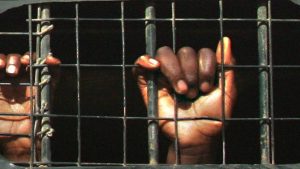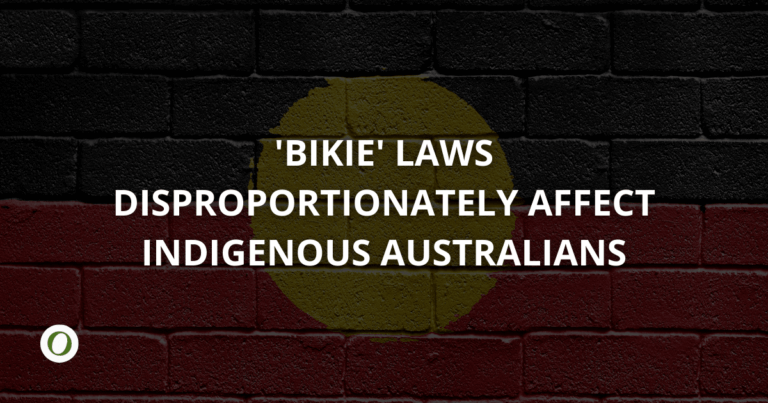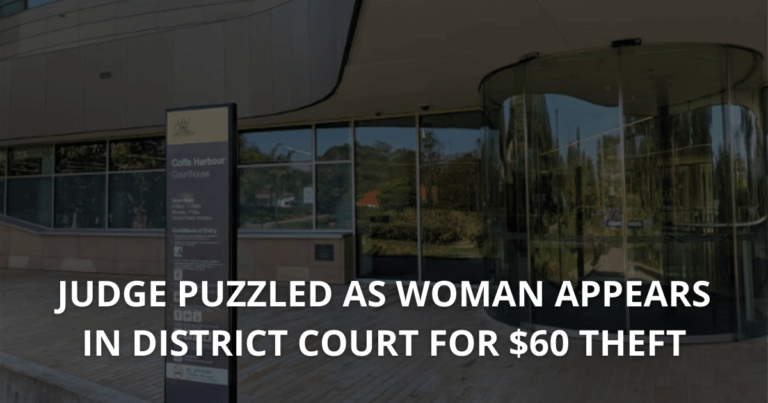The over-representation of Aboriginal and Torres Strait Islander peoples in the criminal justice system is a national disgrace. For decades, Indigenous Australians have been grossly over-represented in custody across the country. Although Aboriginal and Torres Strait Islander people make up 3% of the total population in Australia, they constitute over 27% of national prison population. In addition, 1 in 5 offenders serving community correctional orders are Aboriginal and Torres Strait Islander. These disturbing figures from the 2019 Government Services Report are a direct consequence of the Bail Act and the extreme discretionary powers of police. Despite being a people not innately criminal, many are imprisoned for simply not paying fines or repeated driving offences. This politicised push towards ‘punish-and-effect’ criminalisation in Australia is hindering the lives of Indigenous Australians and should slow down immediately.
Corrective Services in Australia
Correctional services, which are handled by State and Territory governments, have a responsibility to effectively manage offenders and prisoners. The objectives of correctional services are to provide: a safe, secure and humane custodial environment, appropriate management of community corrections orders, and programs and services to address the causes of offending, maximise the chances of successful reintegration into the community, and encourage offenders to lead a law-abiding way of life. However, our criminal justice system is clearly failing. In addition to the disproportionate rates of incarcerated Aboriginal and Torres Strait Islander offenders, there has been a significant increase of total inmates across Australian prisons. The recent Productivity Commission report revealed the rate of Australians in prison has climbed by almost 30% in the past 10 years. These red flags are a sign for lawmakers and law-enforcers to take on a minimalist approach of the criminal law system and steer away from the slippery slope of a controlling and oppressive police state.
The Bail Act and Police Powers
Bail legislations in Australia have cemented strict requirements and extreme discretionary powers of police. In line with the Bail Act 2013, the presumption of innocence and assessment of risk for each individual with regards to bail were removed. Instead, general restrictions and show-cause provisions came into force. These amendments have since widened the net of criminalisation and continued the deprivation notoriously faced in Indigenous communities. In fact, the Supreme Court of NSW recently found the lengthy periods of remand and separation from family may perpetuate a cycle of disadvantage, which could constitute ‘cause’ under show cause provisions. It is important the bail legislations across Australia are revised and amended before the number of Indigenous people in custody continues to rise.
Solving the Custody Crisis
A shift towards early intervention and therapeutic treatment programs is needed to alleviate the custody crisis facing Indigenous Australia. It has been shown an investment towards these preventative strategies have had significant positive impact on reducing recidivism than short prison sentences. It is also a cost-effective approach. A 2017 Deloitte Access Economics study found that $111,000 can be saved per year per offender by diverting non-violent Indigenous offenders with drug problems into treatment instead of prison. And a good start would be to review the Bail Act and the wide discretionary powers given to police officers.
Facts List
The 2019 Report on Government Services revealed:
- In 2017-18, an average of 41 867 people per day were held in Australian prisons of which 8.3 per cent were female and 27.8 per cent were Aboriginal and Torres Strait Islander prisoners. Nationally, 18.8 per cent were held in privately operated prisons.
- Nationally, corrective services agencies operated 118 custodial facilities at 30 June 2018. Community corrections is responsible for a range of non-custodial sanctions and also manages prisoners who are released into the community and continue to be subject to corrective services supervision. In some jurisdictions, community corrections responsibility includes managing offenders on supervised bail orders.
- In 2017-18, an average of 69 634 offenders per day were serving community corrections orders, of which 19.5 per cent were female and 20.9 per cent were Aboriginal and Torres Strait Islander offenders.
- Nationally in 2017-18, net operating expenditure on corrective services including depreciation was $4.4 billion, a real increase of 7.8 per cent from the previous year.






